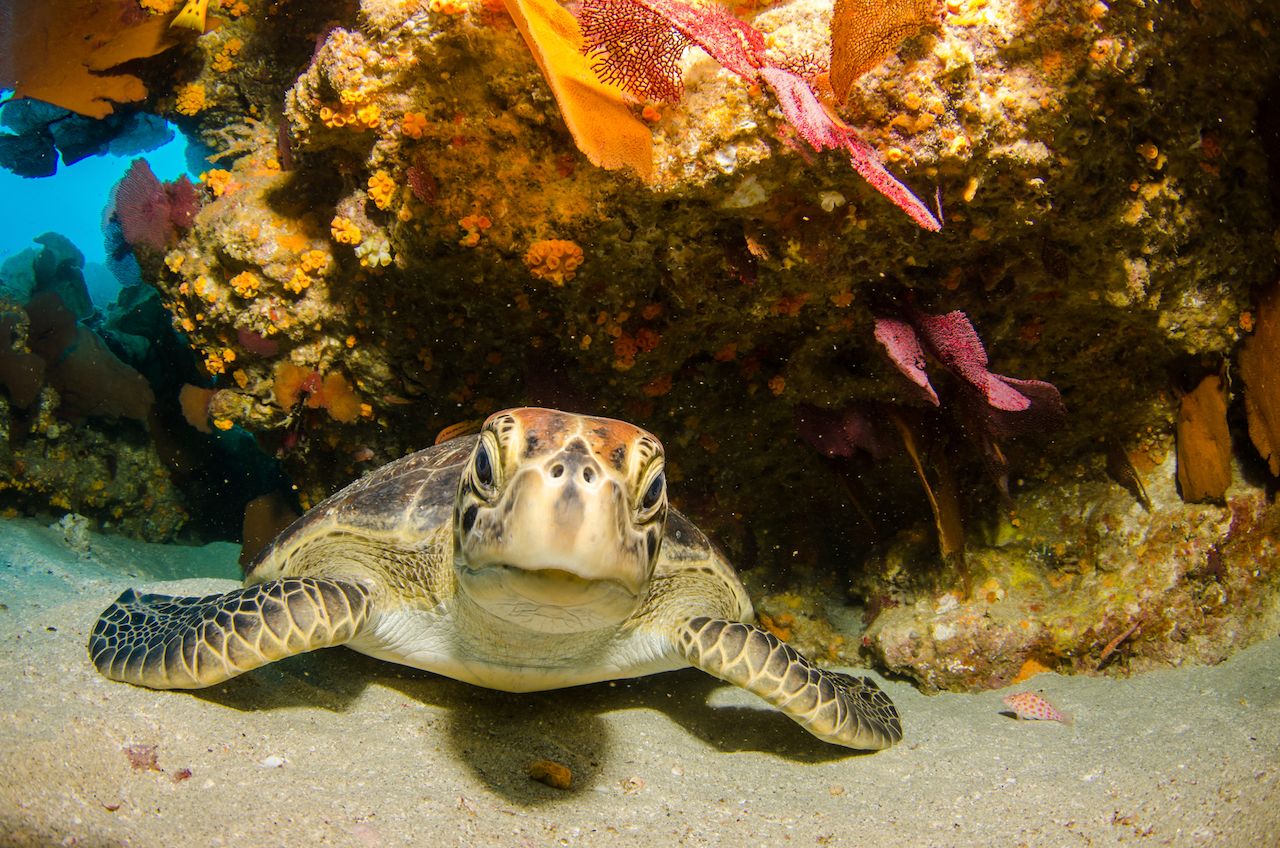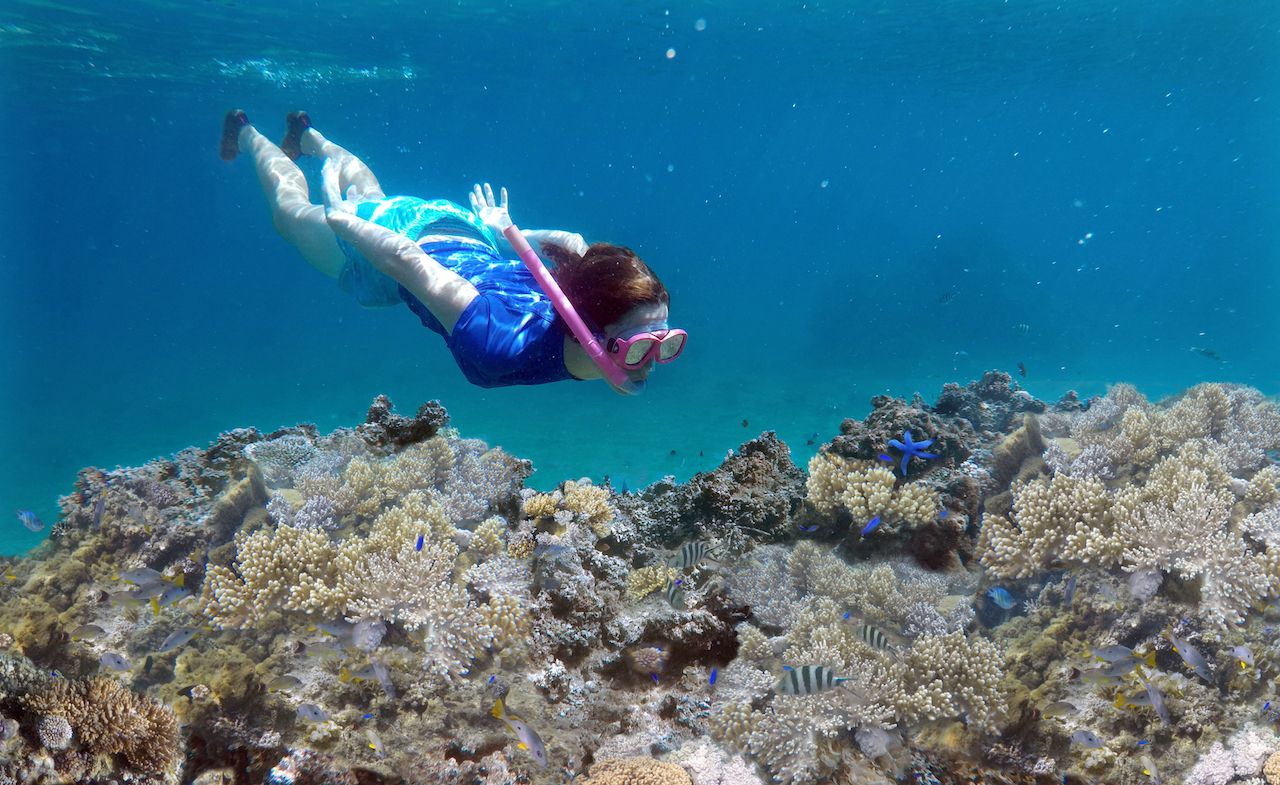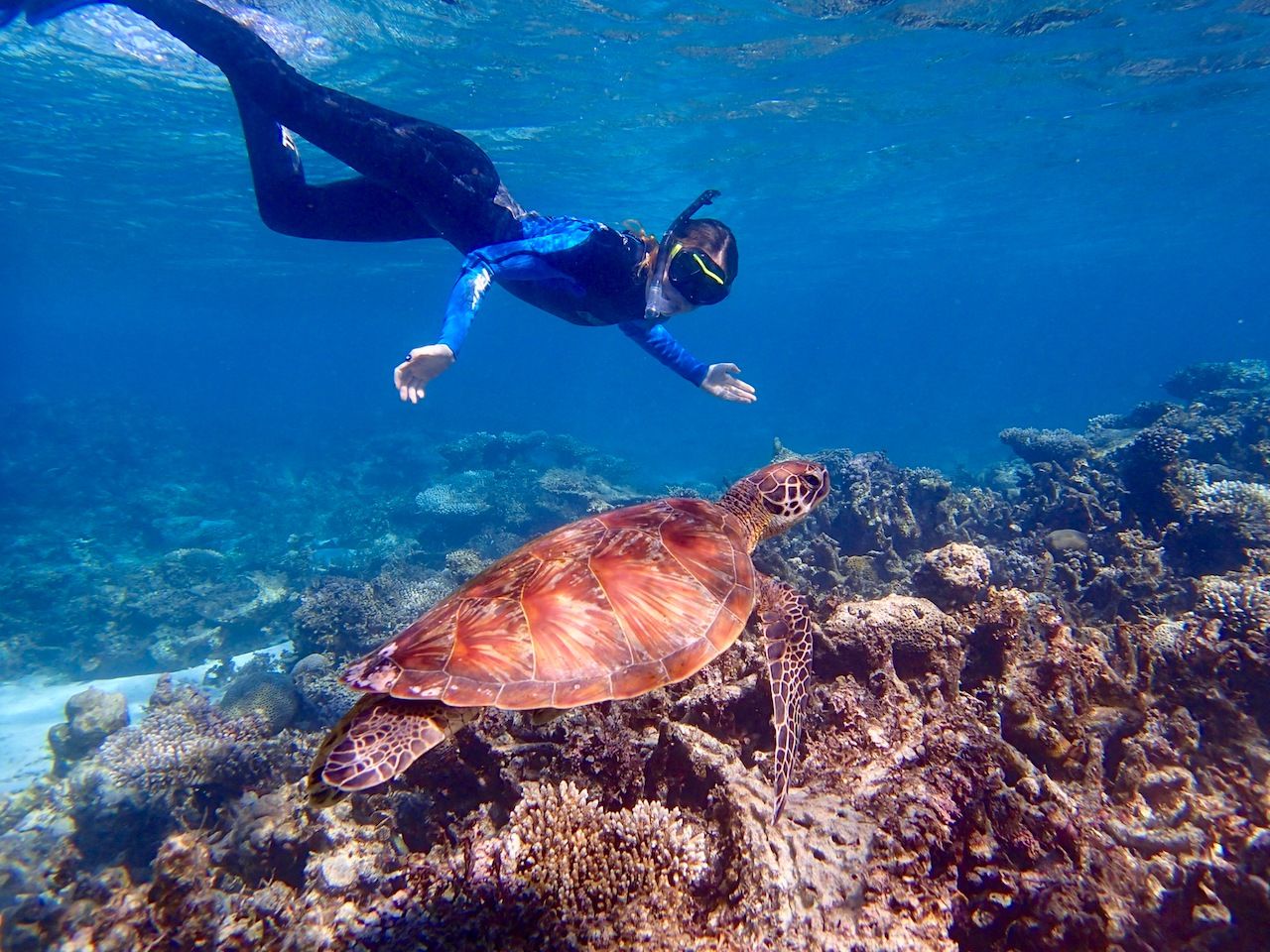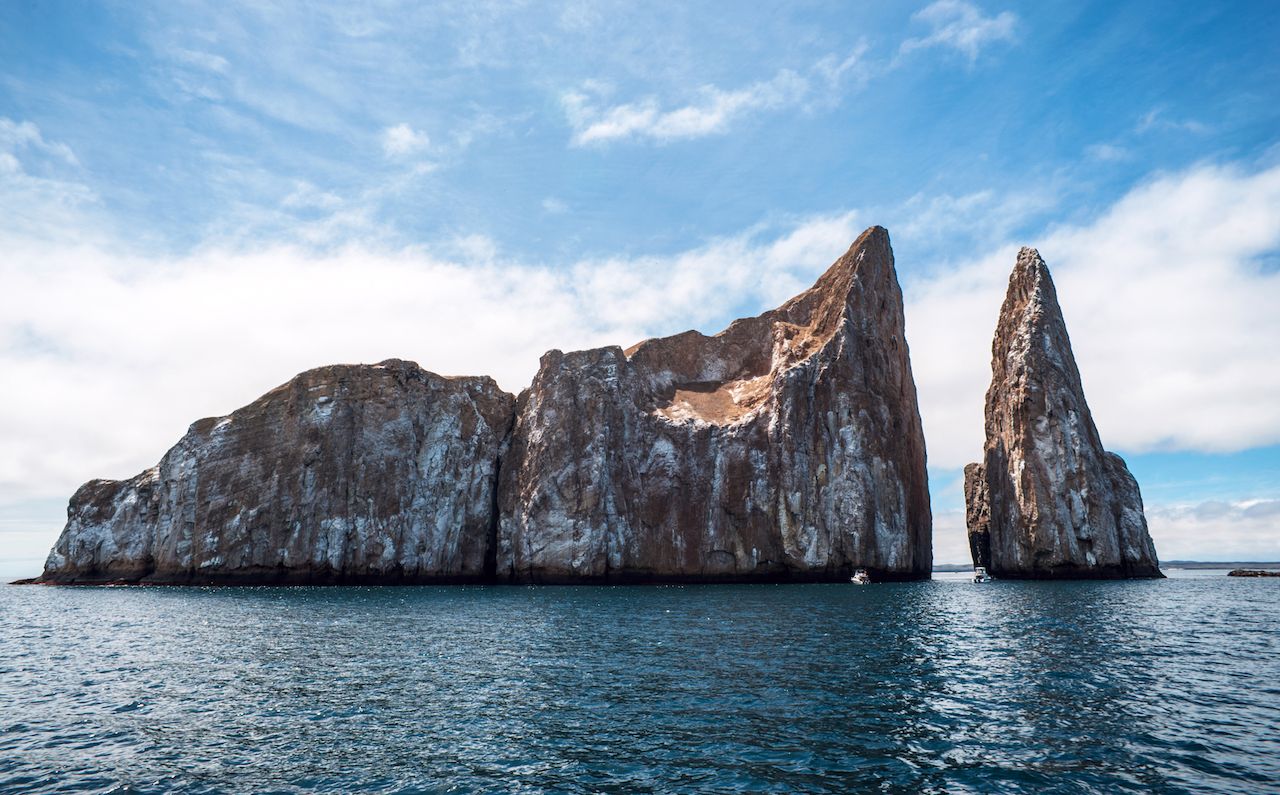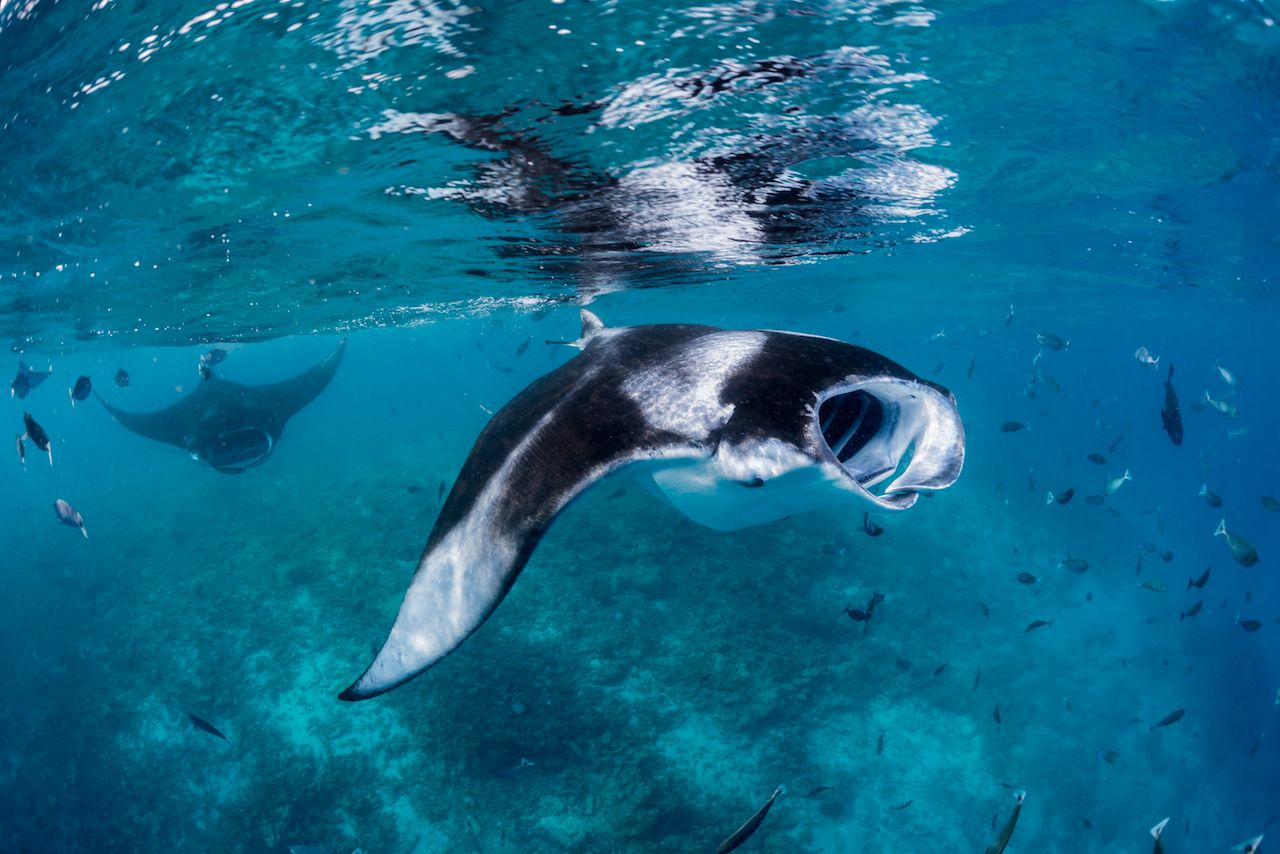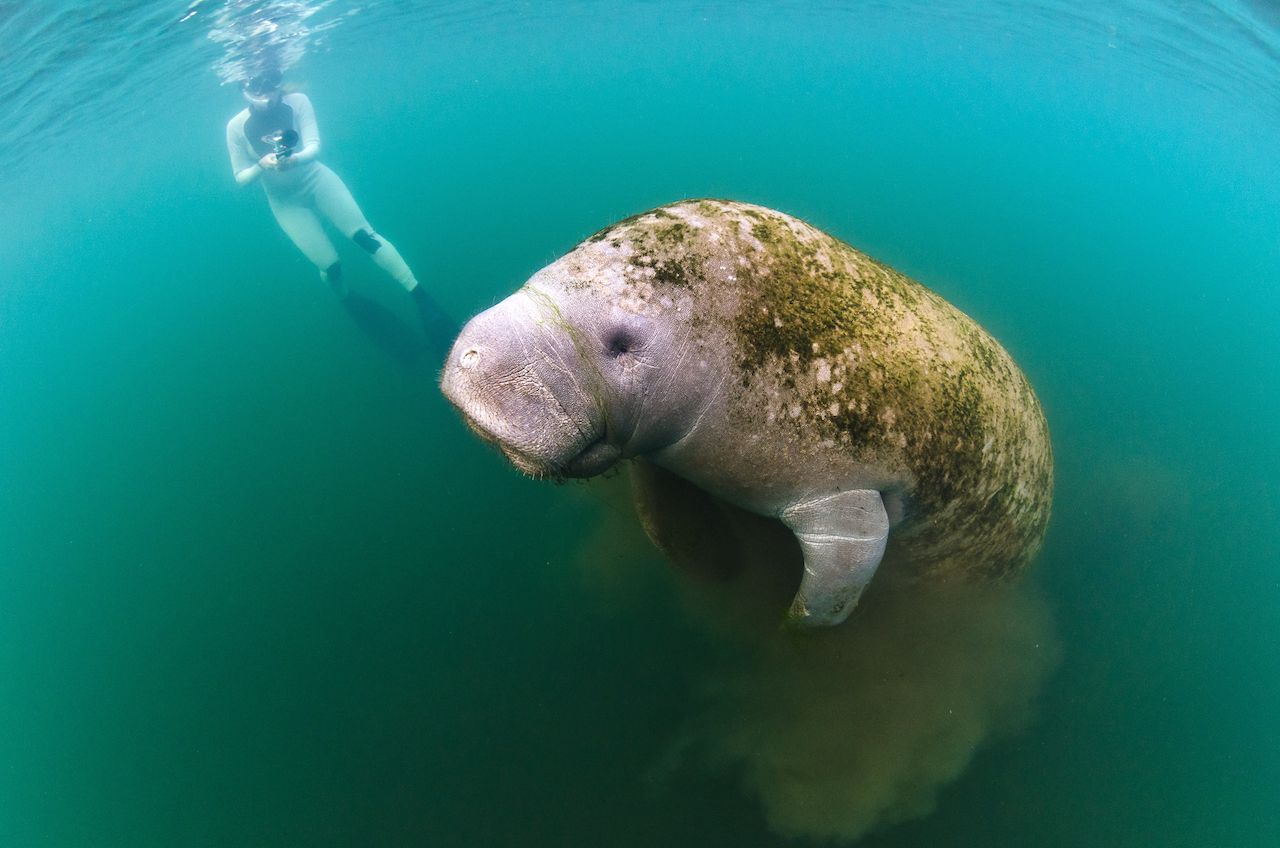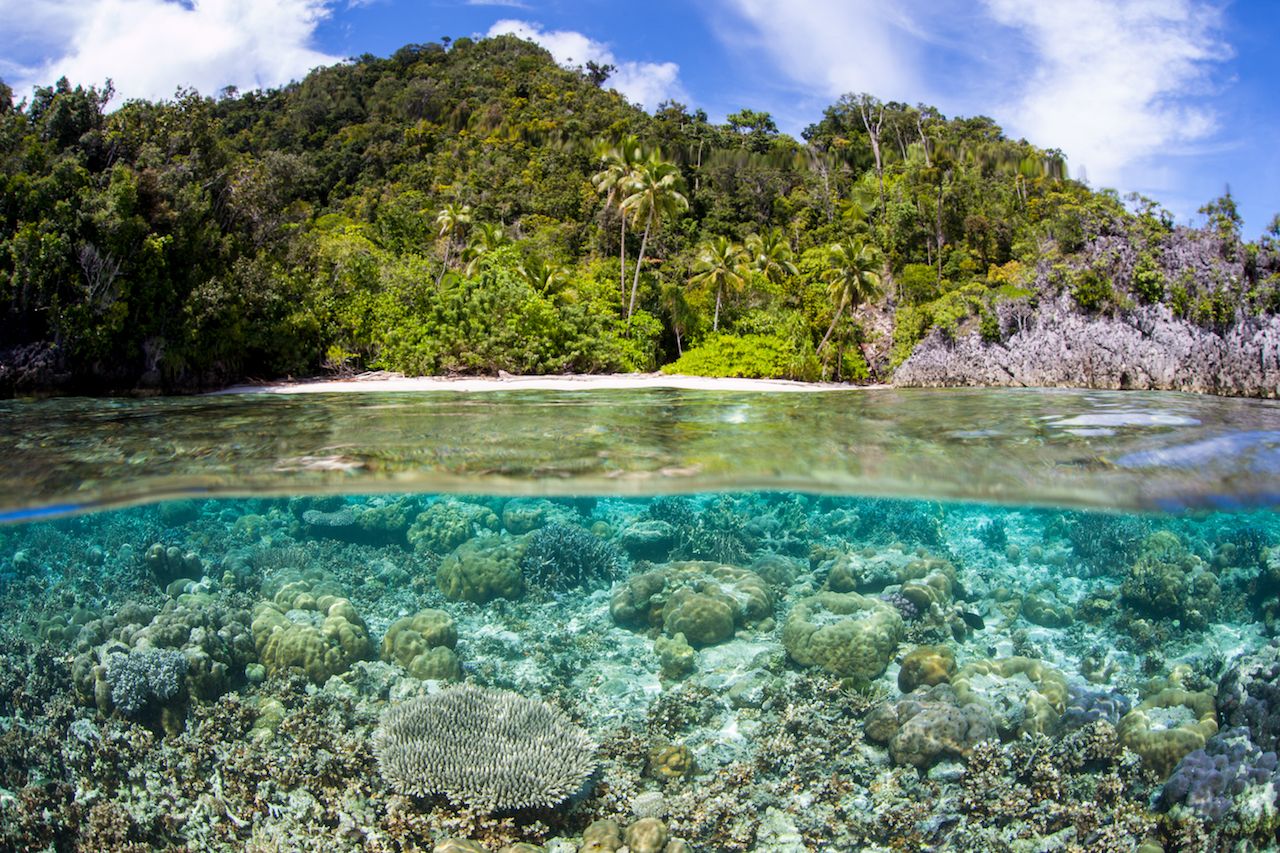Anyone reasonably confident in the water can enjoy the relaxing, sometimes exhilarating, activity of snorkeling. Unlike diving, snorkeling doesn’t require you to do extensive training or pass a test to earn a certification. Whether you have an inner ear problem or another issue, or just haven’t had the time to get certified, snorkeling is an alternative way to explore hidden underwater worlds – without the heavy gear or the scary thought of running out of air.
If you’re at a pristine beach, sometimes just putting on a mask, snorkel, and fins is the only way to closely approach marine life. Just floating face down on the surface can reveal a world of incredible beauty. In others places, snorkelers can get the rush of encountering such awesome marine creatures as whales and manta rays. Here are some of our favorites.

